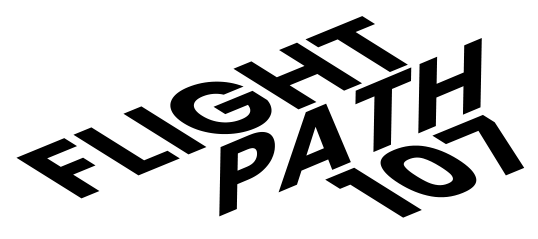Introduction
In this lesson we will review the types of VFR sectional charts available, how they work, and some of the important features pilots should know and recognize.
Example: Denver International Airport
Let’s take a look at the chart supplement for Denver International Airport.
- It starts with some identifying information like location, and includes a small map of the runway layout.
- Next there is information about individual runways, followed by information about services available and important phone numbers.
- Finally, detailed information about radio communication is listed.
Comparison
Chart Supplement
Purpose: To give details about specific airports and runways.
Chart Supplements is a pilot’s manual that contains data on public use and joint use airports, seaplane bases heliports, VFR airport sketches, NAVAIDs, communications data and weather data sources.
- Detailed information about specific airports, including runway details
- Radio Comm information such as UNICOM
Sectional Charts
- Maps: Airspace maps with information about airports and other airspace uses
Sectional charts cover a grid of the entire country. These charts:
- Highlight terrain and obstacles and emphasize topographical information and visual checkpoints.
- Provide pilots with radio frequencies for communication and weather
- Show visual references for military training routes and areas
- Display airport information such as runway length and traffic pattern information.
- Show restricted areas and special use airspaces are also displayed






